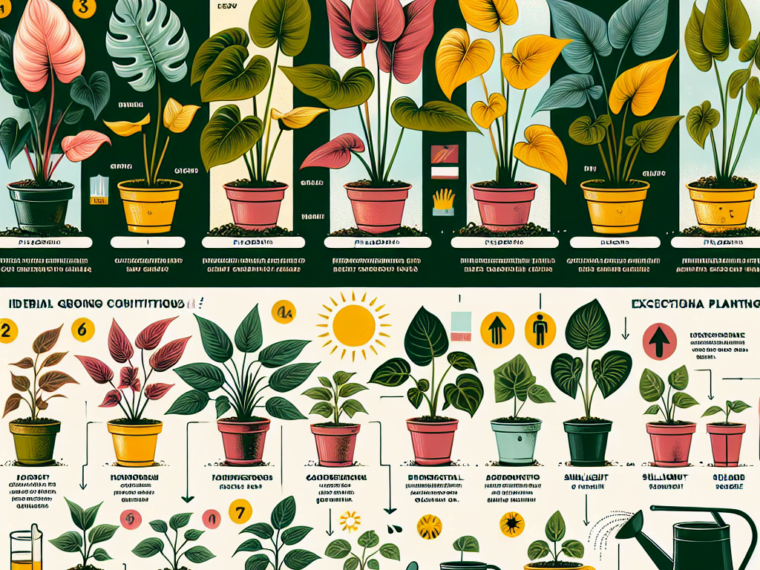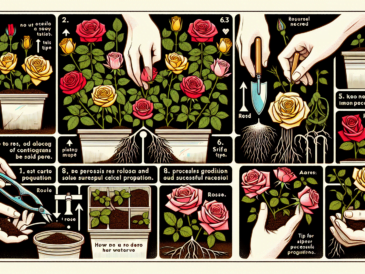Key points
• Choose the Right Environment: Philodendrons thrive in warm, humid conditions with indirect sunlight. They prefer temperatures between 65°F and 78°F (18°C to 25°C) and should be kept away from drafts and direct heat sources.
• Water and Soil Requirements: Keep the soil consistently moist but not soggy. Allow the top inch of soil to dry out before watering again. Use a well-draining potting mix to prevent root rot, ideally one that contains peat, perlite, or vermiculite.
• Fertilize and Prune Regularly: Feed your philodendron with a balanced liquid fertilizer every month during the growing season. Pruning can encourage bushier growth, remove dead or yellowing leaves, and maintain a manageable size for your plant.
Overview of the Philodendron Genus
The philodendron family, Araceae, encompasses hundreds of species that vary in size, shape, and growth habit. These perennials are native to the rainforests of South and Central America but have found a place in homes across the world.
Popularity and Appeal as Houseplants
Philodendrons are beloved as houseplants due to their attractive leaves, which come in various colors and textures. They not only accent the home environment but also have health benefits such as filtering toxins from the air.
Types of Philodendron Plants
With a vast array of varieties available, philodendron plants offer something for every home. Climbing types like the heart-leaf philodendron (Philodendron hederaceum) and non-climbing species such as Philodendron ‘Xanadu’ provide options for different spaces and preferences.
Description of Common Varieties
The climbing type Philodendron hederaceum var. oxycardium is known for its vining habit and suitability for hanging baskets or poles, while the stout Philodendron bipinnatifidum stands out with its large lacy tree philodendron appearance.
Differences Between Climbing and Non-Climbing Species
Climbing varieties use aerial rootlets to attach themselves to trees or moss poles in nature, mimicking this behavior in a home setting by climbing up supports. Non-climbing types grow upright without needing additional support.
Ideal Growing Conditions for Philodendrons
To thrive, philodendrons require specific conditions that mimic their natural rainforest habitat. This includes filtered sunlight, consistent warmth, and high humidity levels.
Light Requirements
While they can tolerate low light, philodendrons do best with bright, indirect light near windows or under shade cloth that simulates the dappled sunlight of their native rainforest canopy.
Temperature Preferences
A consistent temperature range between 65-78°F (18-25°C) is ideal for philodendon growth, avoiding any exposure to drafts or sudden temperature changes.
Humidity Considerations
A humidity level around 60% will keep your philodendron plants happy; this can be achieved by placing pots on trays filled with pebbles and water or using humidifiers in drier home environments.
Planting and Repotting Philodendrons
The key to successful planting and repotting lies in selecting the right soil mix and container that promote healthy root development.
Choosing the Right Soil Mix
A well-draining potting mix such as Miracle-Gro® Indoor Potting Mix is recommended as it provides the right balance of drainage and water retention. Some growers prefer adding extra perlite or coconut coir for increased aeration.
Selecting Appropriate Containers
The right container size should give your philodendon room to grow without being too spacious; ceramic pots with drainage holes are often preferred for their weight stability and breathability.


